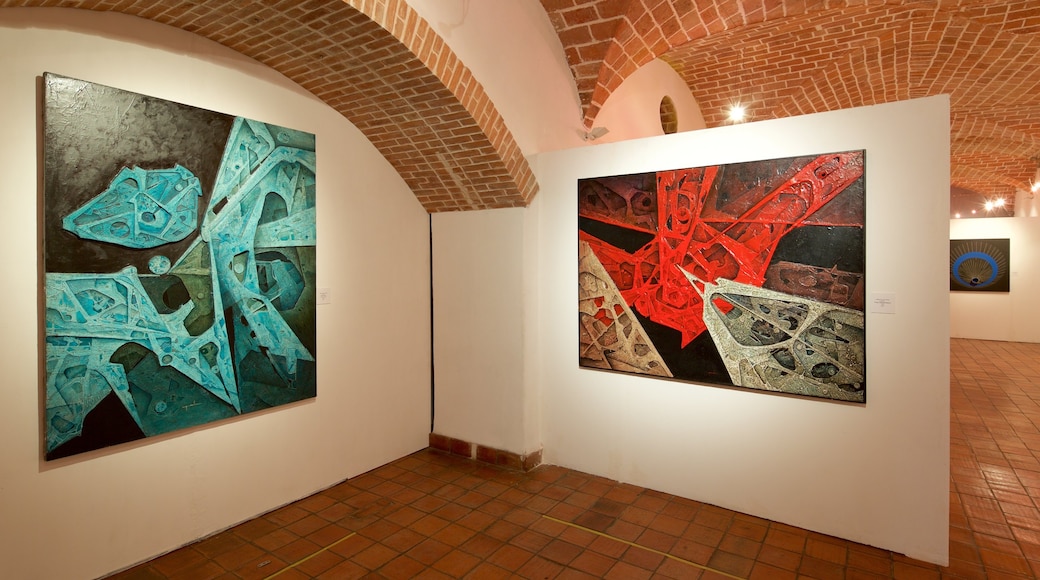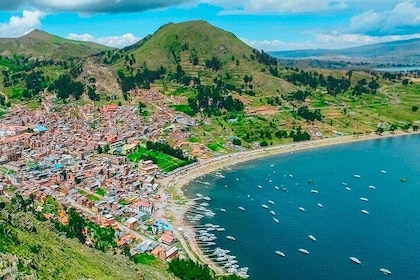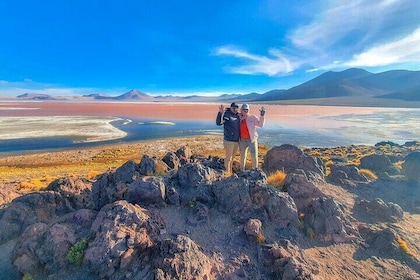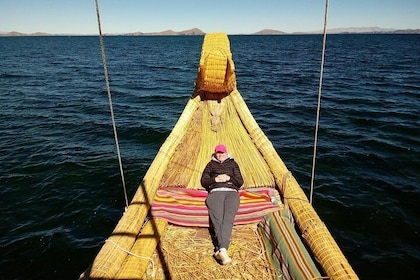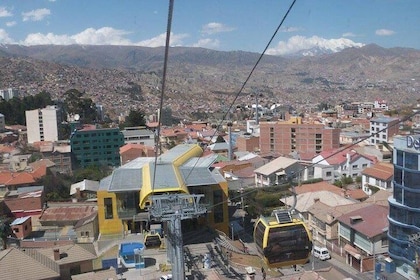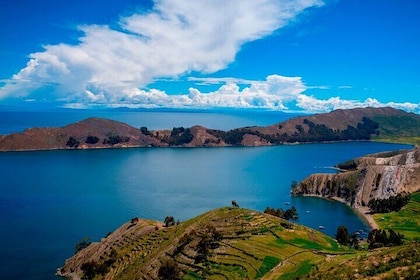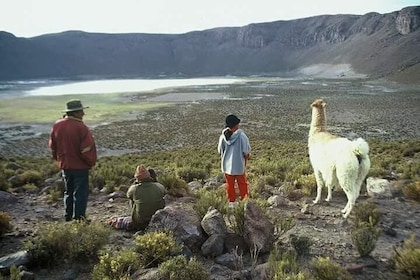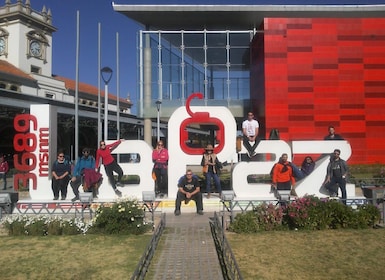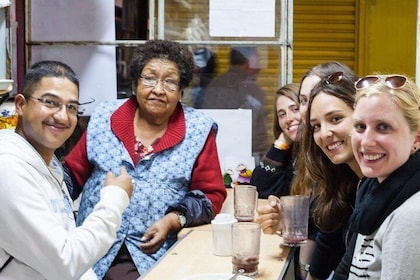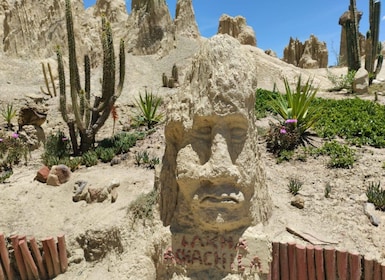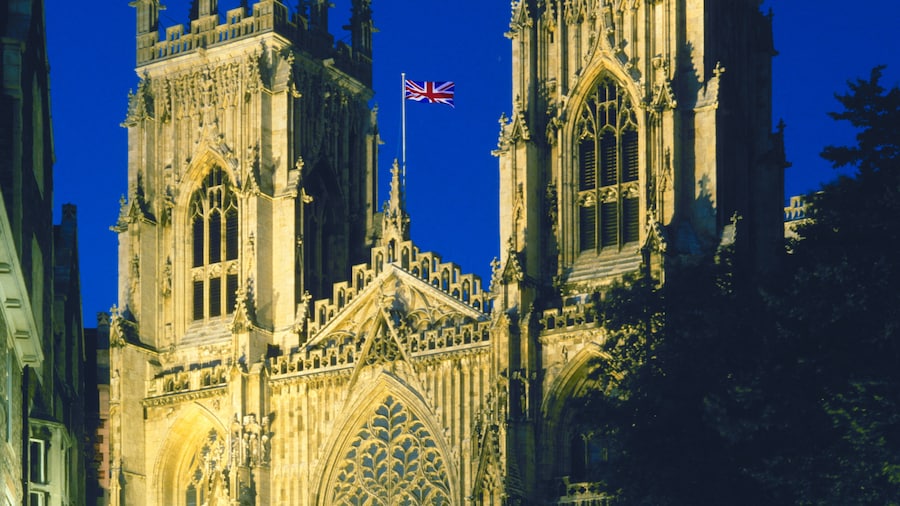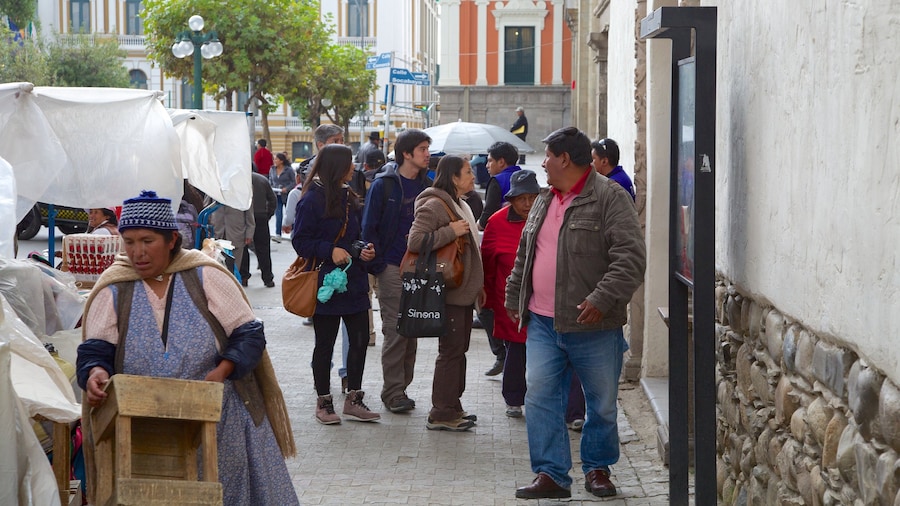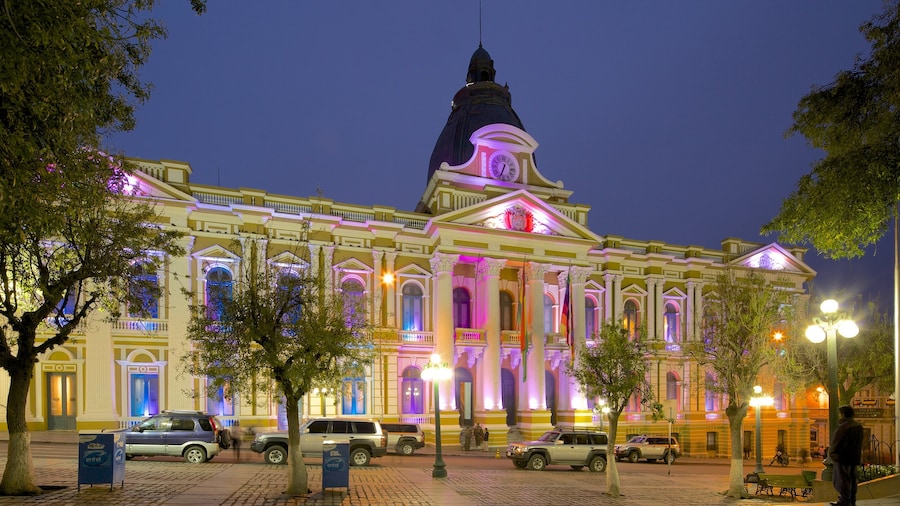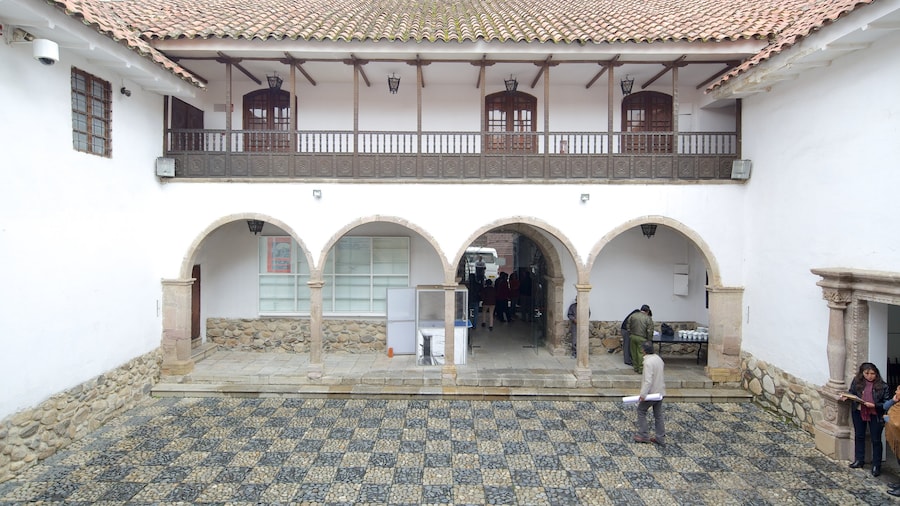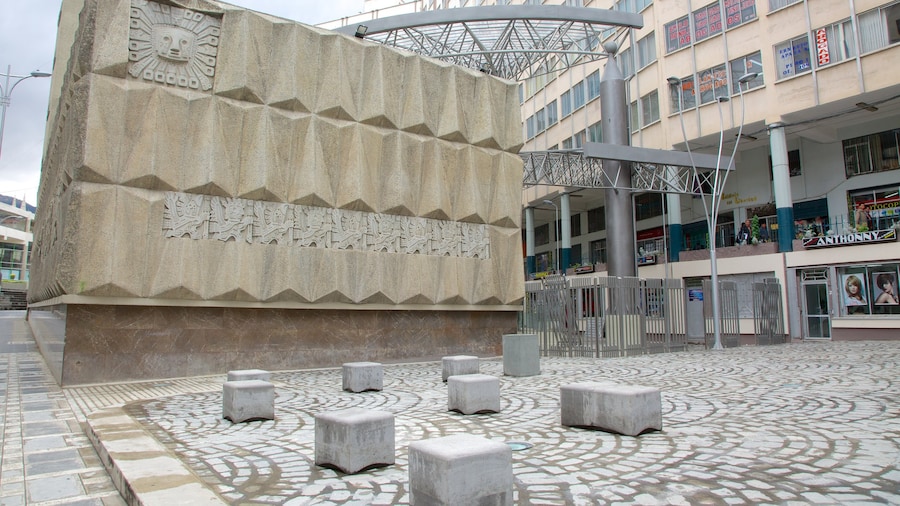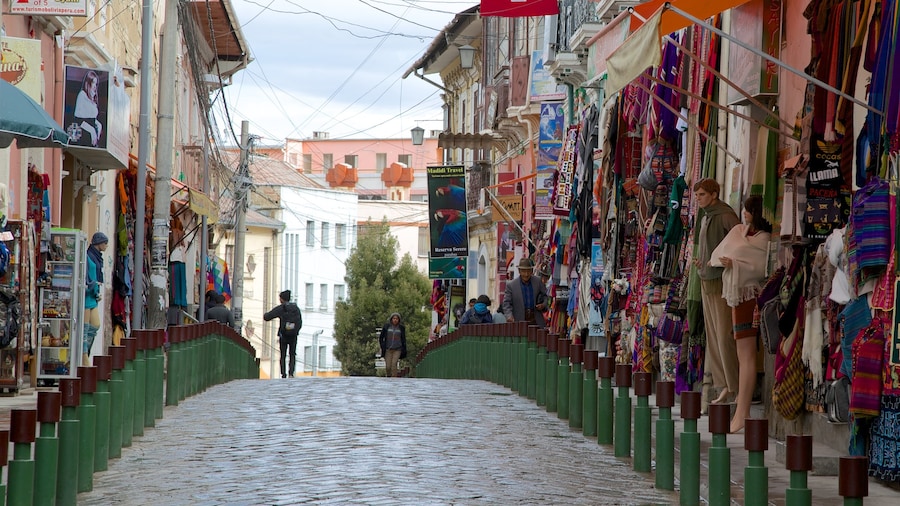Navigate many centuries of art from Bolivia and the rest ofLatin America at the National Museum of Art (Museo Nacional). The museum issituated in a beautiful historic space, a three-storey mansion called thePalacio de los Condes de Arana. See Bolivian works ranging from thepre-Hispanic period to contemporary times as you tour the balconies andcourtyards of the museum.
The colonial galleries are a good place to start out.Religious paintings are predominate in this large collection of works fromBolivia’s time as a European colony. See pieces by famous masters of the periodlike Gaspar Miguel de Berrio. His Adoraciónde los Reyes y Adoración is a must-see due to its rare inclusion of anAfrican subject.
Another colonial-era master is Melchor Pérez Holguín, amestizo born in Peru. The National Museum of Art features a whole gallerydedicated to him. See some of his religious oil paintings, including Virgen Lavandera.
Browse the section of art from between the 19th century and todayto see more recent developments in Andean art. The softly curved sculptures ofthe female body by Marina Núñez del Prado are a highlight. She took inspirationfrom the sculptures of the Aymara people, an indigenous group still living inBolivia and its neighbouring countries.
Interesting travelling exhibitions are always passingthrough the National Museum of Art, and it frequently features exciting events,like orchestral concerts. Visit in May to join in the day-long Larga Noche deMuseos (Long Night at the Museum), when many galleries, cultural attractionsand museums in the city feature free admission and longer hours. Bundle yourfree visit to the National Museum of Art with stops at other city museums, likethe Museo San Francisco.
To reach the National Museum of Art, take a shared mini busto Plaza Murillo. Temporary exhibitions are accessible for free, but you mustpay an admission fee to see the permanent exhibition. Check the museum’s websitefor a schedule of events and exhibitions. The museum is open from Tuesday to Sunday.


